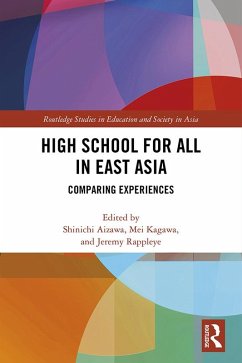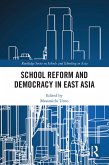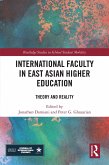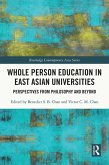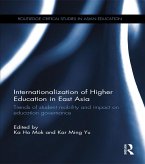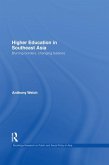Exploring the universalization of upper secondary schooling, it assesses the social foundations of the region's economic development. Chapters covering each of the countries of East Asia trace how upper secondary school functions as the support for the mass manufacturing labor force, which has been instrumental in East Asian economic expansion. These analyses then compare the experiences of the different nations along two major axes: the relationship between public and private provision and the balance between general and vocational tracks. Finally, the analyses go on to examine recent trends, including the slowing of social development and declining fertility, and ultimately asks, can East Asia maintain its world leading development and educational standards in coming decades?
Combining a wealth of quantitative data and policy analyses, this book will be useful to students and scholars of Asian and international education.
Dieser Download kann aus rechtlichen Gründen nur mit Rechnungsadresse in A, B, BG, CY, CZ, D, DK, EW, E, FIN, F, GR, HR, H, IRL, I, LT, L, LR, M, NL, PL, P, R, S, SLO, SK ausgeliefert werden.

